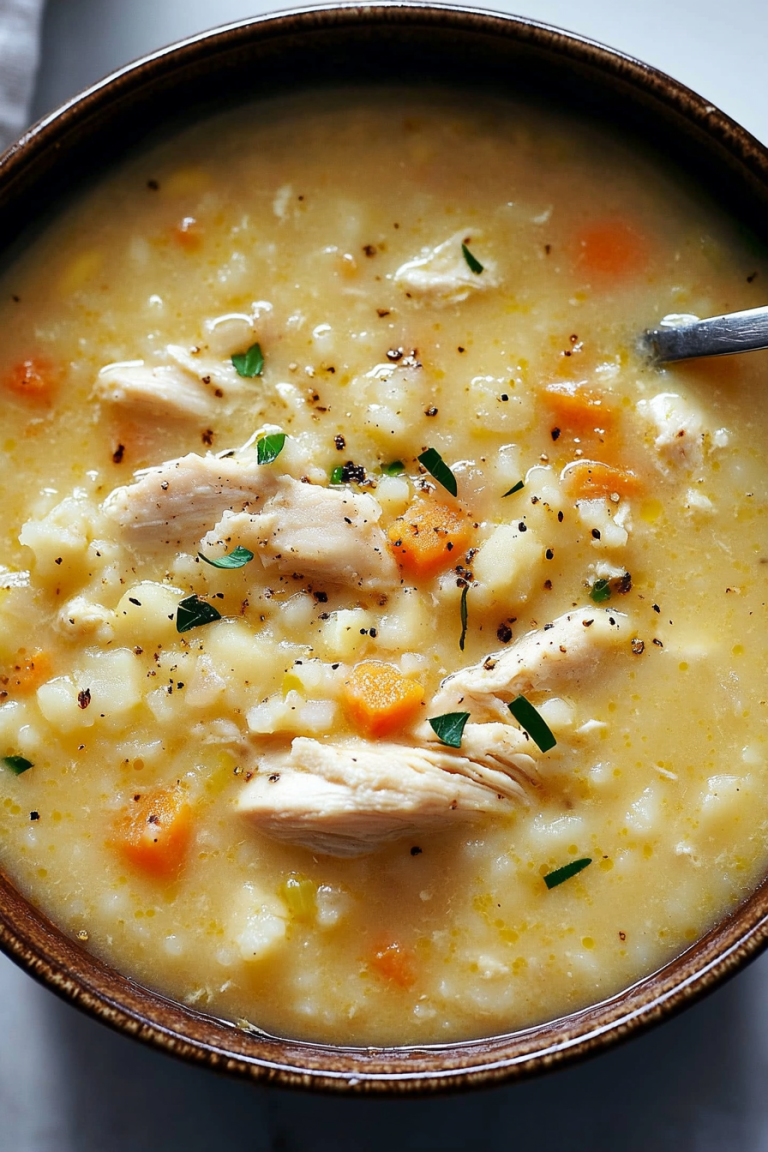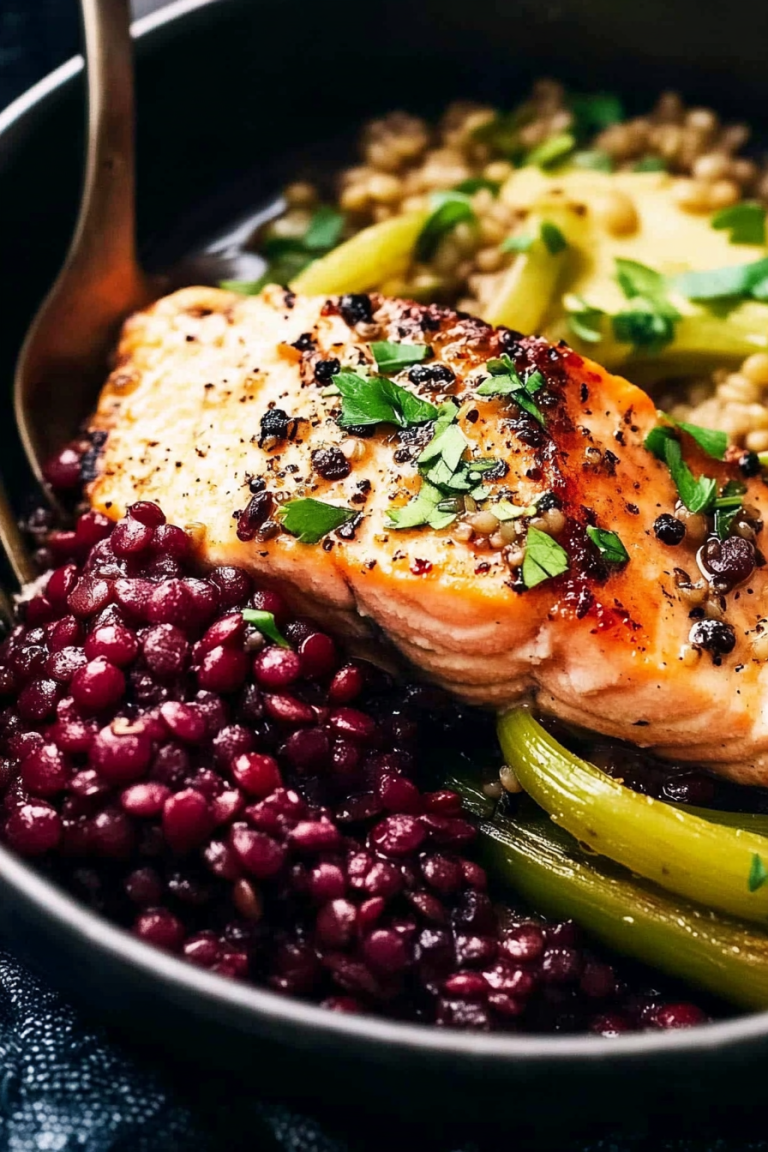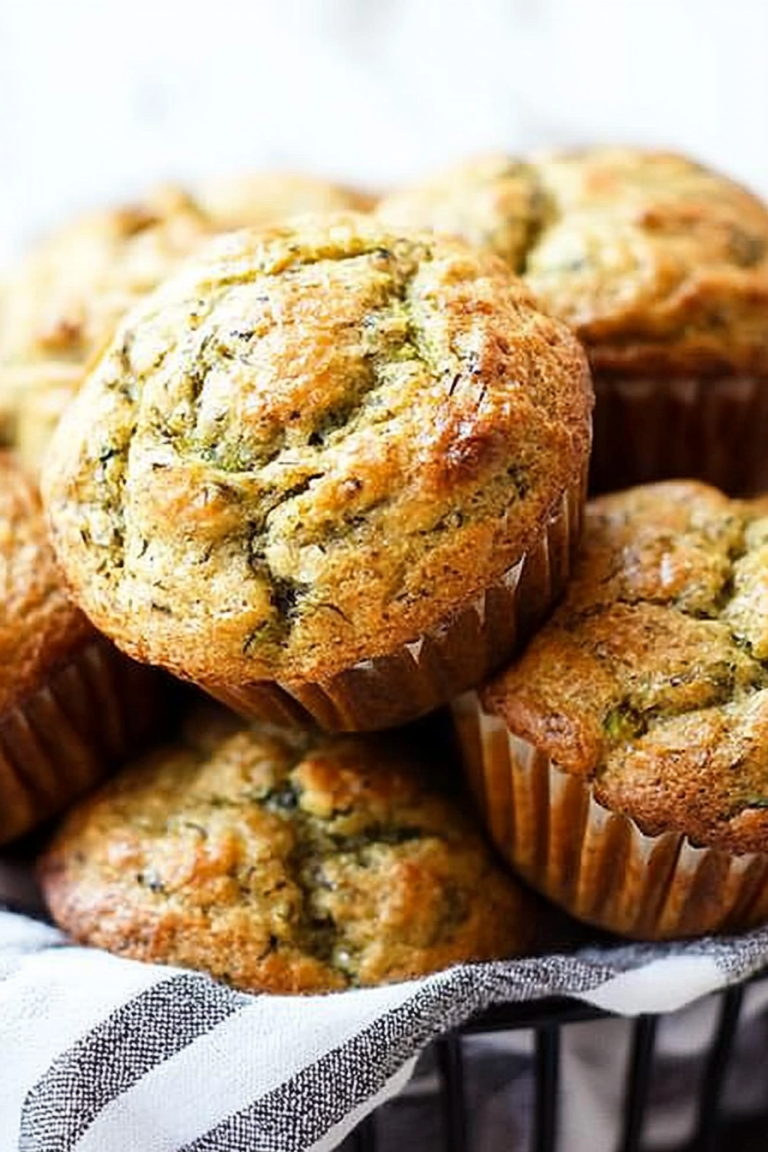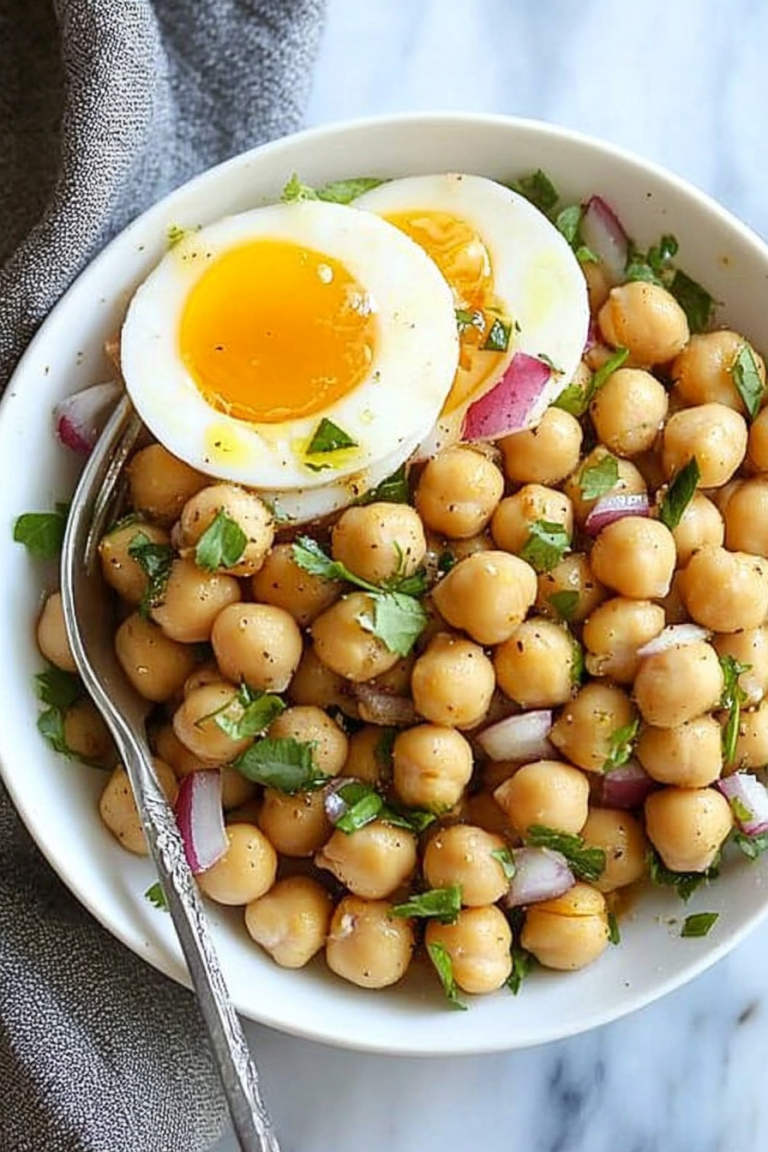Oh, yogurt! Just saying the word brings back such vivid memories. I remember being a little kid, my grandma would always have a big tub of plain yogurt in the fridge. She’d serve it with a drizzle of honey and a sprinkle of cinnamon, and to me, it was the most decadent dessert imaginable. It’s funny how food can do that, isn’t it? Transport you right back to a moment. These days, the yogurt aisle at the grocery store can be a bit overwhelming, a sea of colorful tubs promising everything from gut health to extreme creaminess. But understanding the different yogurt types isn’t just about deciphering labels; it’s about unlocking a whole world of delicious possibilities for breakfast, snacks, and even cooking. Think of it like this: if ice cream is the celebratory splurge, then yogurt is your everyday superhero, ready to be molded into whatever delicious form you need. This post is my little journey through the diverse universe of yogurt, a topic I’ve come to really appreciate, and hopefully, it’ll help you navigate those aisles with confidence and maybe even inspire you to try making some at home!
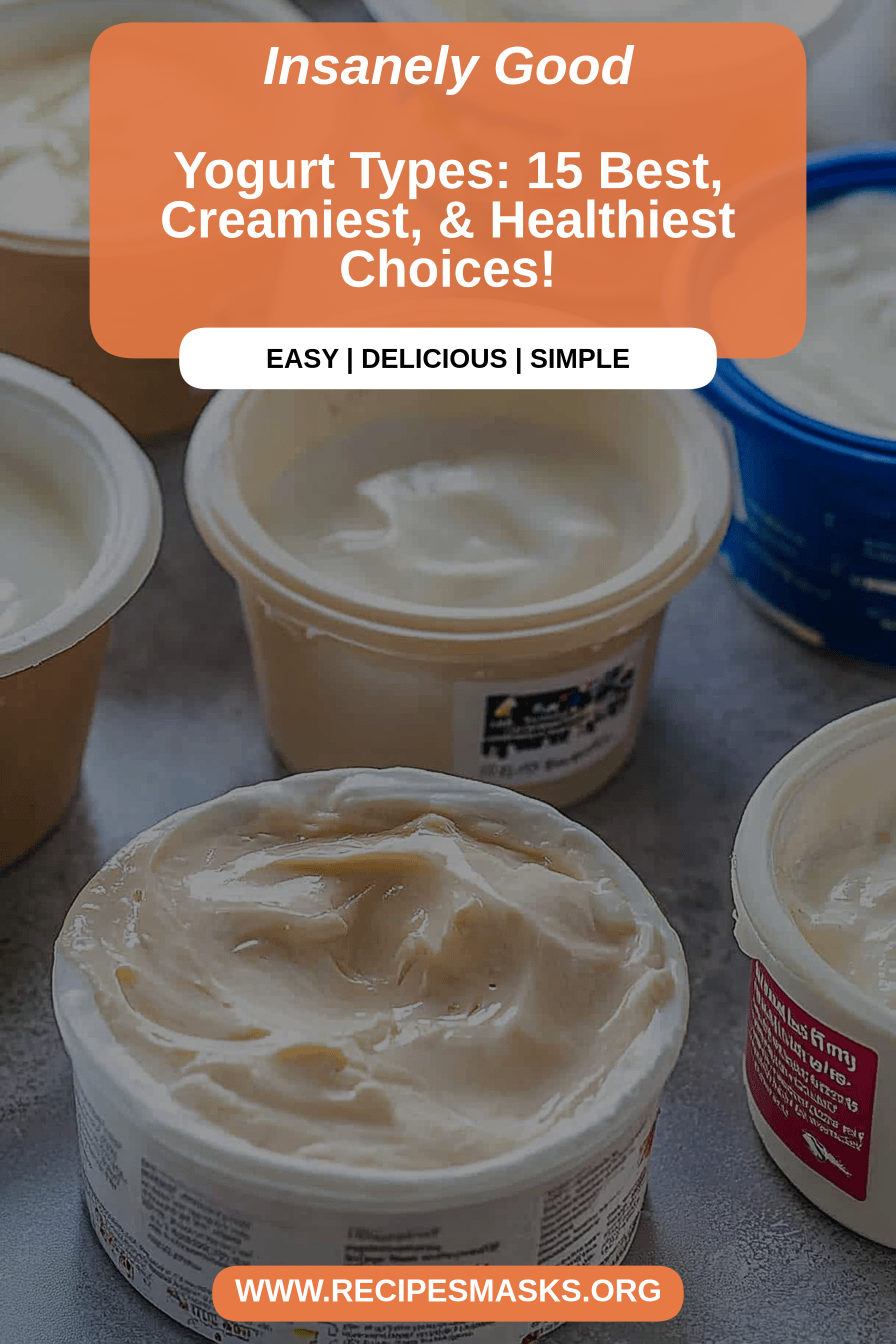
What Is Yogurt?
So, what exactly *is* yogurt, at its core? Essentially, it’s a dairy product made by fermenting milk with specific live bacterial cultures, most commonly *Lactobacillus bulgaricus* and *Streptococcus thermophilus*. This fermentation process is what gives yogurt its signature tangy flavor and creamy texture. It’s like a magical transformation where bacteria turn milk’s natural sugars (lactose) into lactic acid. This lactic acid is what thickens the milk and gives yogurt that delightful tartness we all know and love. There are also other strains of bacteria that can be added, which contribute to the “live and active cultures” you see on the labels, often touted for their health benefits. The type of milk used – whole, skim, or even plant-based alternatives – and the fermentation process itself can lead to the incredible variety of yogurt types we see today. It’s a simple science, really, but one that yields endlessly delicious results!
Why You’ll Love This Exploration of Yogurt Types
Okay, let’s talk about why diving into the different yogurt types is such a worthwhile endeavor. Honestly, it’s like discovering hidden gems in your own kitchen! First off, the flavor. You’ve got the bright, tangy notes of Greek Yogurt, the milder creaminess of traditional plain yogurt, and the subtle sweetness of skyr. Each has its own personality, and knowing them helps you pick the perfect one for your palate. Then there’s the simplicity. Once you understand what sets them apart, making informed choices becomes a breeze. No more staring blankly at the refrigerated shelves! Plus, it’s incredibly cost-efficient. When you know which yogurt types work best for certain uses, you can buy the most economical option for your needs, rather than overspending on something fancy that might not even be ideal. And the versatility? Oh my goodness, it’s off the charts! Plain yogurt is fantastic on its own, but it’s also a champion in smoothies, a secret weapon in baking (hello, incredibly moist cakes!), a base for dips and sauces, and a healthy alternative to sour cream. Greek yogurt, with its thicker texture, is perfect for parfaits and as a protein-packed snack. Skyr is wonderfully thick and can stand in for cream cheese in some recipes. It’s about having the right tool for the culinary job. What I love most about really understanding yogurt is how it empowers you in the kitchen. It’s not just a food; it’s an ingredient that can elevate so many dishes, often in surprising ways. It’s a healthier, often cheaper, and more adaptable alternative to many other dairy products, and that’s a win-win in my book. Plus, for those of us who love to experiment, it opens up a whole new playground for flavor and texture.
How to Navigate the World of Yogurt Types
Quick Overview
Essentially, navigating the diverse landscape of yogurt types boils down to understanding their core differences: the milk source, the straining process (or lack thereof), and the bacterial cultures used. This leads to variations in thickness, tanginess, protein content, and fat. Knowing these distinctions will help you choose the perfect yogurt for any occasion, whether it’s a quick breakfast, a healthy snack, or a key ingredient in a more complex dish. It’s about matching the yogurt’s characteristics to your culinary needs, ensuring delicious results every time. Think of it as picking the right paint color for your masterpiece!
Ingredients
When we talk about the “ingredients” of yogurt types, we’re really talking about the components that create their unique identities. It’s less about a recipe and more about the fundamental building blocks:
For the Milk Base:
This is the foundation. It can be cow’s milk (whole, 2%, skim), goat’s milk, sheep’s milk, or increasingly, plant-based alternatives like soy, almond, coconut, or oat milk. The fat content in the milk significantly impacts the final yogurt’s richness and mouthfeel. Whole milk yields the creamiest, most luxurious yogurt, while skim milk results in a lighter product. For those exploring dairy-free options, the plant-based milk choice determines the flavor profile – almond milk will offer a nutty undertone, coconut a tropical hint, and oat milk a subtle sweetness.
For the Bacterial Cultures:
These are the magic makers! The primary cultures, *Lactobacillus bulgaricus* and *Streptococcus thermophilus*, are almost always present. However, many yogurts also include additional beneficial strains like *Lactobacillus acidophilus*, *Bifidobacterium lactis*, and *Lactobacillus casei*. These “live and active cultures” are what contribute to gut health and can also subtly influence the yogurt’s flavor and texture. Some artisanal yogurts might even feature unique proprietary blends.
For Straining (Key Differentiator):
This is where we get distinct types like greek yogurt. Traditional yogurt is simply fermented milk. Greek yogurt, on the other hand, is strained multiple times to remove most of the whey (the liquid byproduct). This process results in a much thicker, creamier yogurt with a more concentrated protein content. Skyr, an Icelandic cultured dairy product, is also strained, often to an even greater extent than Greek yogurt, resulting in an exceptionally thick and firm texture.
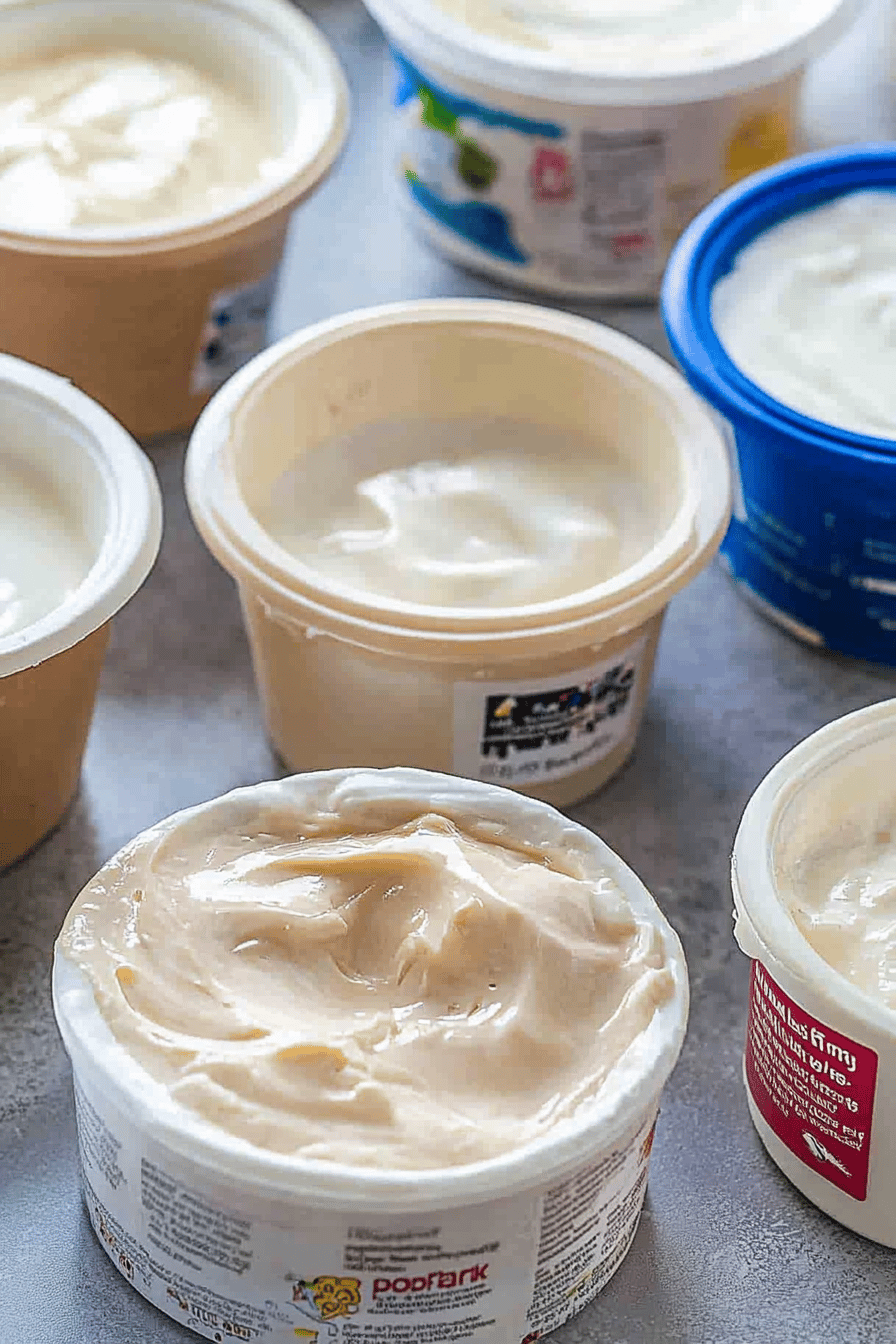
Step-by-Step Understanding of Yogurt Types
Step 1: Understanding the Milk Source
This is your very first step in appreciating the diversity. Are we starting with creamy whole milk that promises richness? Or perhaps skim milk for a lighter, brighter tang? Or are we venturing into the plant-based world with almond, coconut, or oat milk? Each milk source lends its own inherent characteristics to the final yogurt. Whole milk yogurts are usually the most decadent and satisfying, feeling almost dessert-like. Skim milk yogurts can sometimes be a bit thinner and tangier, which isn’t necessarily bad, but it’s a noticeable difference. Plant-based yogurts are fascinating; they absorb the flavor of their base. Coconut milk yogurt is wonderfully creamy and has a distinct tropical note, while almond milk yogurt is a bit lighter and more neutral. This initial choice sets the stage for the entire yogurt experience.
Step 2: The Role of Bacterial Cultures
This is where the “live and active” magic happens! At its heart, yogurt is milk that’s been “fed” a special blend of bacteria. These friendly microbes munch on the milk’s natural sugars (lactose) and produce lactic acid. This lactic acid is what thickens the milk and gives yogurt its characteristic tangy, slightly sour flavor. The most common duo is *Lactobacillus bulgaricus* and *Streptococcus thermophilus*. But often, manufacturers add extra strains for added health benefits and sometimes even for texture. Think of probiotics! Strains like *Lactobacillus acidophilus* and *Bifidobacterium* are common additions. The specific blend and concentration of these cultures can subtly influence the final tanginess and overall flavor profile of the yogurt. It’s a delicate balance that the yogurt makers perfect.
Step 3: The Straining Process (The Great Divide!)
This is arguably the most significant factor in differentiating common yogurt types. Traditional yogurt, like the kind my grandma used, is simply fermented milk. It’s usually quite smooth and has a pleasant, mild tang. Now, Greek yogurt is where things get *really* interesting for many of us. After fermentation, Greek yogurt is strained multiple times to remove the whey. Whey is that watery liquid that separates from the solids. Removing it makes the yogurt incredibly thick, rich, and creamy, and it also concentrates the protein. This is why Greek yogurt often feels more filling and substantial. Skyr, an Icelandic delight, is similar but often strained even further, resulting in an even denser, almost pudding-like texture. It’s a labor-intensive process, but the result is so worth it.
Step 4: Fat Content Matters
Just like with milk, the fat content of the milk used to make yogurt plays a huge role in its final character. Full-fat yogurts (made with whole milk) are the creamiest, richest, and most satisfying. They have a luxurious mouthfeel that’s hard to beat, especially when you’re looking for something indulgent. Low-fat yogurts (made with 2% or 1% milk) offer a good balance – less richness but still a pleasing creaminess, with fewer calories. Non-fat or skim milk yogurts are the lightest options. They can sometimes feel a bit sharper in tang and less smooth in texture, but they are fantastic if you’re watching calories or fat intake. For my own experiments, I’ve found that using whole milk yogurt as a base for dips or sauces makes them incredibly luscious. Sometimes, the extra fat is just what a dish needs!
Step 5: Sweetened vs. Unsweetened
This is a crucial distinction, especially when you’re using yogurt as an ingredient. Plain, unsweetened yogurt is my go-to for cooking and baking because it gives me complete control over the sweetness. It has that signature tang that balances out other flavors. Sweetened yogurts, on the other hand, have added sugars, sweeteners, and often flavorings. While they’re delicious for eating straight from the container as a snack or dessert, they’re not ideal for savory dishes or recipes where you need to manage sugar levels. When a recipe calls for yogurt, it almost always means plain, unsweetened yogurt. If you accidentally grab a sweetened one, your baked goods might end up far too sweet, and your savory dips will have a strange dessert-like quality!
Step 6: Flavored Variations and Beyond
This is where the yogurt aisle gets exciting! Beyond plain, you have fruit-flavored yogurts, which are wonderful for quick breakfasts or snacks. Then there are more adventurous flavors like vanilla bean, honey, or even coffee. Many brands also offer yogurts with mix-ins like granola, fruit pieces, or chocolate chips. These are designed for convenience and immediate enjoyment. For those looking for something different, consider products like kefir (a fermented milk drink with a thinner consistency and a tangier, sometimes effervescent taste) or quark (a fresh dairy product that’s similar to yogurt cheese, very thick and mild). Each of these represents a unique twist on the basic concept of fermented milk.
What to Serve It With
The beauty of knowing your yogurt types is realizing how versatile they are! They can be the star of the show or a supporting actor that makes everything else shine. For a simple, healthy breakfast, a bowl of plain Greek yogurt topped with fresh berries, a sprinkle of granola, and a drizzle of honey is my absolute favorite. The protein in the Greek yogurt keeps me full for hours. I also love swirling a dollop of plain yogurt into my morning oatmeal for extra creaminess and a hint of tang. For brunch, a vibrant fruit smoothie made with plain yogurt (cow’s milk or almond milk work beautifully here) is always a hit. You can also use thick yogurt like skyr or Greek yogurt as a base for a lighter hollandaise sauce, or serve it alongside savory dishes like frittatas or breakfast burritos for a cool, refreshing contrast. As a dessert, a simple parfait layered with yogurt, fruit, and maybe a touch of granola or crushed cookies is elegant yet easy. A baked yogurt tart or cheesecake can also be incredibly decadent. And for those cozy snacks, a quick dip made with plain yogurt, garlic powder, dill, and a squeeze of lemon is perfect with crudités or pita chips. My kids especially love it when I mix a little raspberry jam into plain yogurt for a “fancy pink yogurt.” It’s all about simple pleasures! I’ve also found that yogurt is a fantastic secret ingredient in healthy muffins and quick breads, keeping them incredibly moist without adding a lot of fat. It’s truly a kitchen chameleon!
Top Tips for Perfecting Your Yogurt Experience
Let’s talk about getting the most out of your yogurt adventures. These are the little tricks and insights I’ve picked up over the years, often through trial and error (and yes, a few delicious mistakes!). When it comes to choosing yogurt for specific purposes, always read the label. It sounds obvious, but understanding “plain” versus “flavored,” “fat-free” versus “full-fat,” and the presence of live cultures can save you from unexpected results. For example, if you’re making a savory dip, grab the plainest, unsweetened full-fat or 2% yogurt you can find. If you’re looking for a protein boost for a post-workout snack, Greek yogurt or skyr are your champions. One thing I learned the hard way is about sweeteners. If a recipe calls for sugar and you use sweetened yogurt, you’ll likely end up with something way too sweet. Stick to plain! For baking, plain yogurt is a godsend for moisture. I often substitute some of the oil or butter in a recipe with plain yogurt, and it makes cakes and muffins incredibly tender. A common mistake people make is using flavored yogurt in savory recipes, and trust me, it never turns out quite right – that artificial fruitiness just doesn’t belong with garlic and herbs! Also, consider the tang factor. Some people love a really tart yogurt, while others prefer milder. If you find a plain yogurt too tangy for eating on its own, you can always mellow it out with a little honey, maple syrup, or fruit. For cooking, the tang is often a welcome counterpoint to richness. I’ve found that using a good quality, full-fat plain yogurt makes a world of difference in sauces and dressings; it provides a much richer texture and a more complex flavor than leaner options. Don’t be afraid to experiment with different brands of plain yogurt, too – even within the same type, there can be subtle differences in taste and texture that might suit your preferences better. And remember, if you’re making homemade yogurt, controlling the fermentation time is key to managing the tanginess!
Storing and Reheating Tips
Properly storing your yogurt is key to keeping it fresh and delicious. For most types of yogurt, keeping them sealed in their original containers in the refrigerator is the best bet. Generally, unopened yogurt can last for a good week or two past the “best by” date if stored correctly. Once opened, it’s best to consume it within 5-7 days. Always use a clean spoon when serving to avoid introducing bacteria that can shorten its shelf life. For longer storage, some yogurts, particularly thicker varieties like Greek yogurt, can be frozen. However, the texture may change upon thawing – it can become a bit more watery and crumbly. It’s usually best to use frozen and thawed yogurt in smoothies or baked goods where the texture change won’t be as noticeable. I wouldn’t recommend freezing plain yogurt that you intend to eat by the spoonful unless you’re really not fussy about texture. If you do freeze it, make sure it’s in an airtight container and thaw it slowly in the refrigerator overnight. Reheating yogurt isn’t generally recommended, as high heat can kill the beneficial live cultures and also cause it to curdle. If you need to incorporate yogurt into a hot dish, it’s best to stir it in at the very end, off the heat, or ensure the dish is only gently warmed. For baked goods that have been stored, reheating is usually just a matter of a quick zap in the microwave or a few minutes in a low oven. Glazed yogurt cakes are best stored with the glaze applied just before serving to keep it from becoming soggy. Stored properly, yogurt is a remarkably long-lasting and versatile staple!
Frequently Asked Questions
Final Thoughts
Exploring the different yogurt types has been such a delightful journey, and I really hope this dive into the creamy, tangy world of yogurt has been helpful and maybe even a little inspiring for you. It’s amazing how one simple ingredient, with its varied forms, can be so fundamental in our kitchens. Whether you’re reaching for a thick, protein-packed Greek yogurt for a satisfying breakfast, a mild plain yogurt to tenderize your favorite Cake Recipe, or a tangy skyr to create a rich sauce, there’s a yogurt type for every need and every taste. The beauty of it is that it’s often healthier, more budget-friendly, and incredibly versatile compared to many other dairy products. So next time you’re at the grocery store, or even just rummaging through your fridge, take a moment to appreciate the nuances of that yogurt tub. It’s a small ingredient with a huge impact. If you’ve found a favorite way to use a particular yogurt type, or if you have a secret yogurt hack, please share it in the comments below – I absolutely love hearing from you! And if this post has sparked your culinary curiosity, you might also enjoy my guides on [link to related recipe 1] and [link to related recipe 2]. Happy yogurt adventures!

Yogurt types
Ingredients
Base Yogurt
- 2 cups Whole milk yogurt
Flavorings (Optional)
- 2 tablespoons Honey
- 1 teaspoon Vanilla extract
- 0.5 cup Fresh berries
Instructions
Preparation Steps
- If making Greek yogurt, strain the whole milk yogurt through cheesecloth-lined sieve for at least 4 hours or overnight in the refrigerator.
- Once strained to desired consistency, place the yogurt in a bowl.
- Stir in honey and vanilla extract until well combined.
- Serve immediately or chill in the refrigerator. Top with fresh berries before serving.

